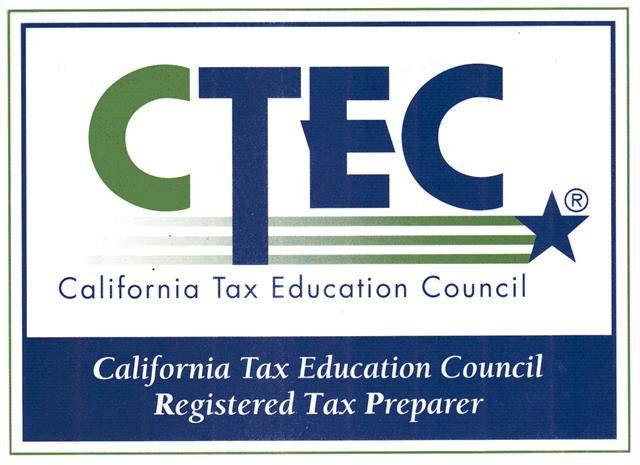
The IRS suggests electronic filing and payment options.
More than 150 million tax returns have been sent to the Internal Revenue Service, but many taxpayers still need to file for tax year 2019. That’s why the IRS recently reminded taxpayers that the extension deadline is less than a month away. (Those serving in combat zones or living in federally declared disaster areas may have more time to file.)
The deadline for taxpayers who requested an extension for their tax year 2019 individual income tax return have until October 15, 2020 to file with the IRS. As in years past, the agency recommends electronic filing and payment services. But in the pandemic landscape, convenience takes a back seat to safety.
“Taxpayers and tax professionals should continue to use electronic options to support social distancing and speed the processing of tax returns, refunds and payments,” the IRS says. Punctuating their recommendation, the IRS is temporarily allowing even more tax forms to be electronically signed.
What electronic payment options are available?
As for making payments, the IRS outlines a number of available electronic options, ranging from official applications to third-party payment processors. Here’s the full list—complete with explanations—from the press release:
- [Taxpayers] can pay when they file electronically using tax software online. If using a tax preparer, taxpayers should ask the preparer to make the tax payment through an electronic funds withdrawal from a bank account.
- IRS Direct Pay allows taxpayers to pay online directly from a checking or savings account for free, and to schedule payments up to 365 days in advance.
- Taxpayers can choose to pay with a credit card, debit card or digital wallet option through a payment processor. No fees go to the IRS.
- The IRS2Go app provides the mobile-friendly payment options, including Direct Pay and Payment Provider payments on mobile devices.
- Taxpayers may also enroll in the Electronic Federal Tax Payment System and have a choice of paying online or by phone by using the EFTPS Voice Response System.
- Taxpayers can go to IRS.gov/account to securely access information about their federal tax account. They can view the amount they owe, access their tax records online, review their payment history and view key tax return information for the most recent tax return as originally filed.
Those who are unable to pay their tax bill—whether in full or at all—also have options. The IRS has a number of online resources explaining installment payments, offers in compromise, and temporary collection delays under the “Can’t Pay Now?” heading of their “Payments” page.
Time is running out for non-filers to get an Economic Impact Payment in 2020.
Americans who don’t normally file a tax return need to send their information to the IRS in order to receive an EIP, and that deadline is also October 15, 2020. The IRSsays the easiest way for non-filers to, well, file, is by using the aptly named “Non-Filers: Enter Payment Info Here” tool on IRS.gov.
Source: IR-2020-213




